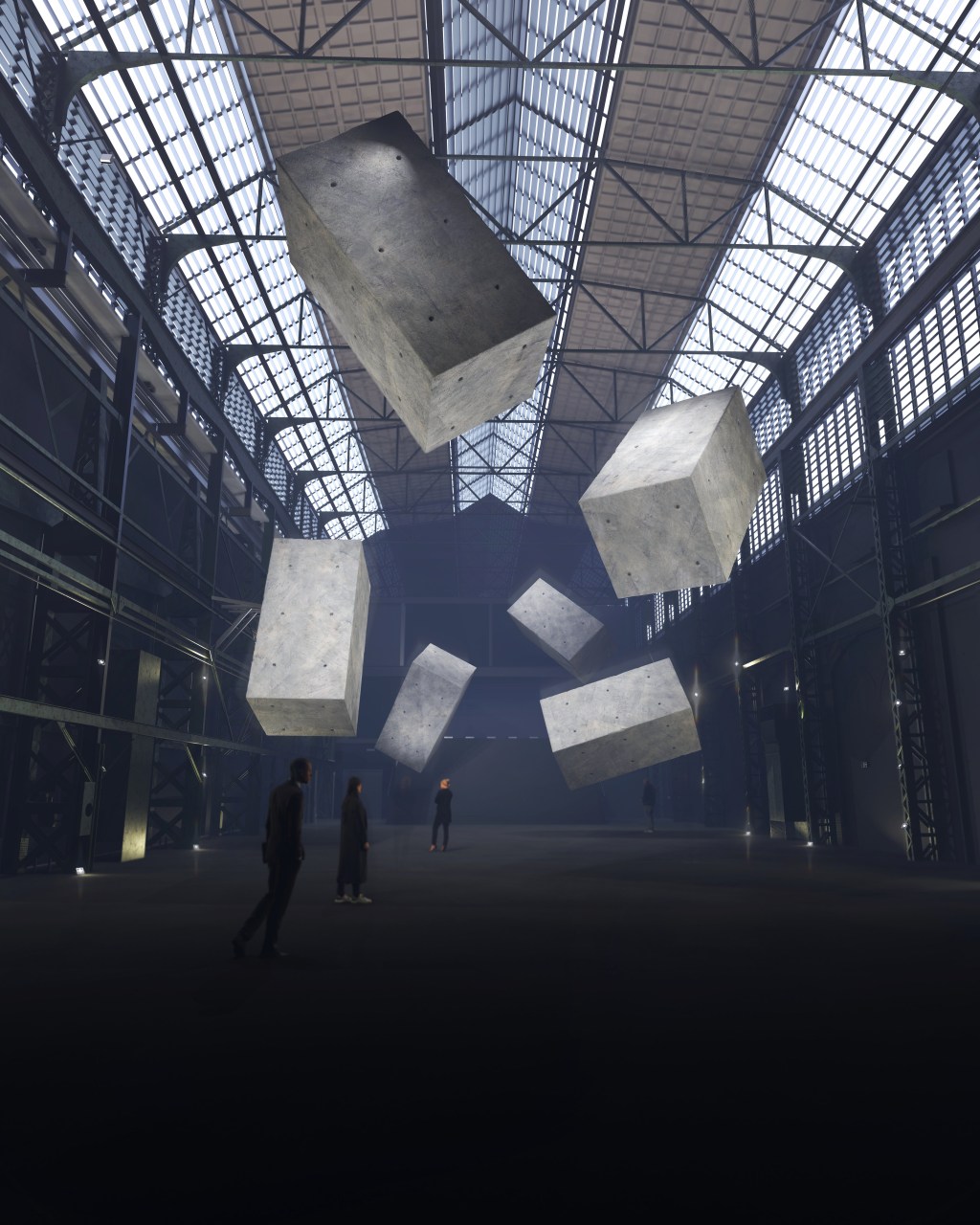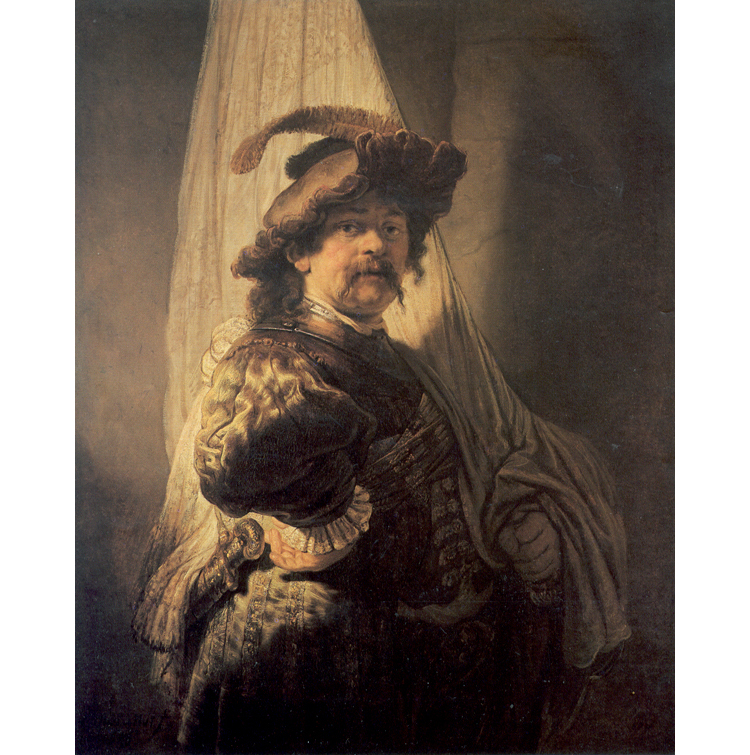Amateur Archaeologist Finds Ancient Silver Coins Near Viking Castle in Denmark
A young amateur archaeologist discovered a hoard of coins and silver jewelry near a Viking castle in northwestern Denmark that experts believe are more than 1,000 years old.
Last fall, a young girl and member of a local amateur archaeology association found the coins in a field about five miles from the Viking castle Fyrkat, near the Danish town of Hobro. The coins were from two Viking treasures buried about 160 feet apart and could be dated back to the 980s during Harald Blåtand’s reign as king of Denmark and Norway.
The coins from this period featured a cross on one side and were only in circulation for a few decades before King Harald lost power to his son.
The two treasures included up to 300 pieces of silver such as jewelry, and approximately 50 coins. Archaeologists say the coins include Danish, Arab and Germanic ones and the pieces of jewelry are from Scotland or Ireland. According a statement on the discovery from The Historical Museum of North Jutland, jewelry was valued for its weight, rather than any fine artistic detail or esteemed prior ownership, and “probably used as a means of payment or remelted into new jewelry in the Scandinavian style.”
“A hoard like this is very rare,” museum director Lars Christian Norbach told the AFP. Norbach said the silver items were from the same period Fyrkat was built and would offer more insight into the history of the Scandinavian seafarers.
Archaeologist and museum inspector Torben Trier Christiansen called the location of the discovery of the silver items “incredibly exciting” because of the limited time the Viking fortress of Fyrkat was used and uncertainty around why King Haland’s ring castles were closed down.
“Perhaps the castles were not given up entirely voluntarily, and perhaps it happened in connection with the final showdown between Harald Blåtand and his son Svend Tveskæg,” Christiansen told the museum. “The Bramslev treasures were apparently buried around the same time or shortly after the castles were abandoned, and if there have been disturbances at Fyrkat, it makes good sense that the local magnate here at Bramslev has chosen to hide his valuables out of the way.”
Further archaeological work will continue in the area of the discovery in the fall, through approximately $59,000 (DKK 400,000) in support from the Danish Palaces and Culture Agency. They will focus on whether houses existed when the silver treasures were buried and “whether they are completely ordinary Viking houses.”
The coins and other silver items will be on display at the Aalborg Historical Museum starting in July.



